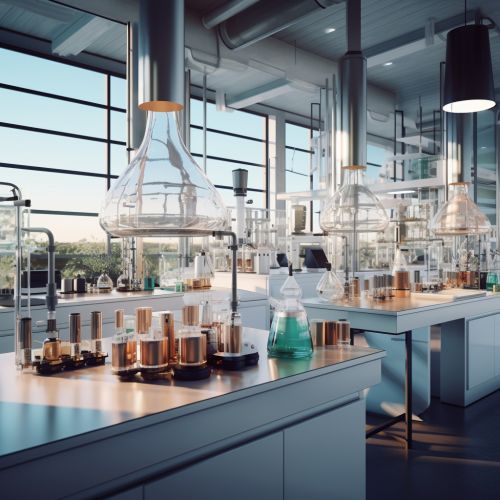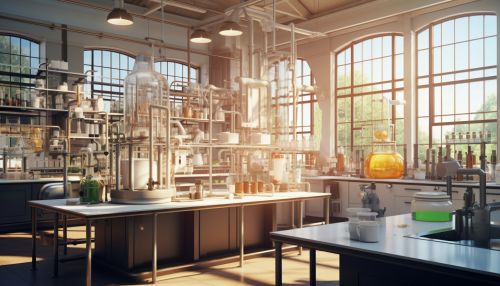Daniel G. Nocera
Early Life and Education
Daniel G. Nocera was born in 1957 in Massachusetts, United States. He developed an interest in chemistry at an early age, which led him to pursue his undergraduate studies in this field at Rutgers University. After obtaining his Bachelor's degree in 1979, he moved on to the California Institute of Technology (Caltech) for his doctoral studies under the guidance of Professor Harry B. Gray. His Ph.D. thesis focused on the study of electron transfer in inorganic complexes.


Career and Research
After completing his Ph.D., Nocera started his academic career as an Assistant Professor at Michigan State University in 1984. His research during this period was focused on the development of photochemical systems and the study of inorganic reaction mechanisms. In 1997, he moved to the Massachusetts Institute of Technology (MIT) where he held the Henry Dreyfus Professorship in Energy and was also appointed as the Director of the Solar Revolutions Project and the Eni Solar Frontiers Center at MIT.
Nocera's research has been primarily focused on the process of photosynthesis, specifically the splitting of water into hydrogen and oxygen using sunlight. His work in this area has led to the development of the 'artificial leaf', a device that mimics the natural process of photosynthesis and has the potential to provide a clean and sustainable source of energy.
In 2012, Nocera moved to Harvard University where he currently holds the Patterson Rockwood Professorship of Energy in the Department of Chemistry and Chemical Biology. At Harvard, his research continues to focus on the development of renewable energy technologies.
Artificial Leaf
The 'artificial leaf' is perhaps the most notable contribution of Nocera's research. This device, which is made of a thin silicon strip coated with two different catalysts, is capable of splitting water into hydrogen and oxygen when immersed in water and exposed to sunlight. The hydrogen and oxygen gases can then be collected and used as a source of clean energy. The 'artificial leaf' represents a significant advancement in the field of renewable energy as it provides a simple and cost-effective method of producing clean energy using only sunlight and water.
Awards and Honors
Nocera's contributions to the field of chemistry and renewable energy have been recognized with numerous awards and honors. He is a member of the American Academy of Arts and Sciences and the National Academy of Sciences. He has also received the American Chemical Society Inorganic Chemistry Award, the United Nations Science and Technology Award, and the Eni Award for Renewable and Non-conventional Energy.
Personal Life
Nocera is married and has two children. He is known for his passion for science and his commitment to finding sustainable energy solutions. In his spare time, he enjoys playing the piano and spending time with his family.
